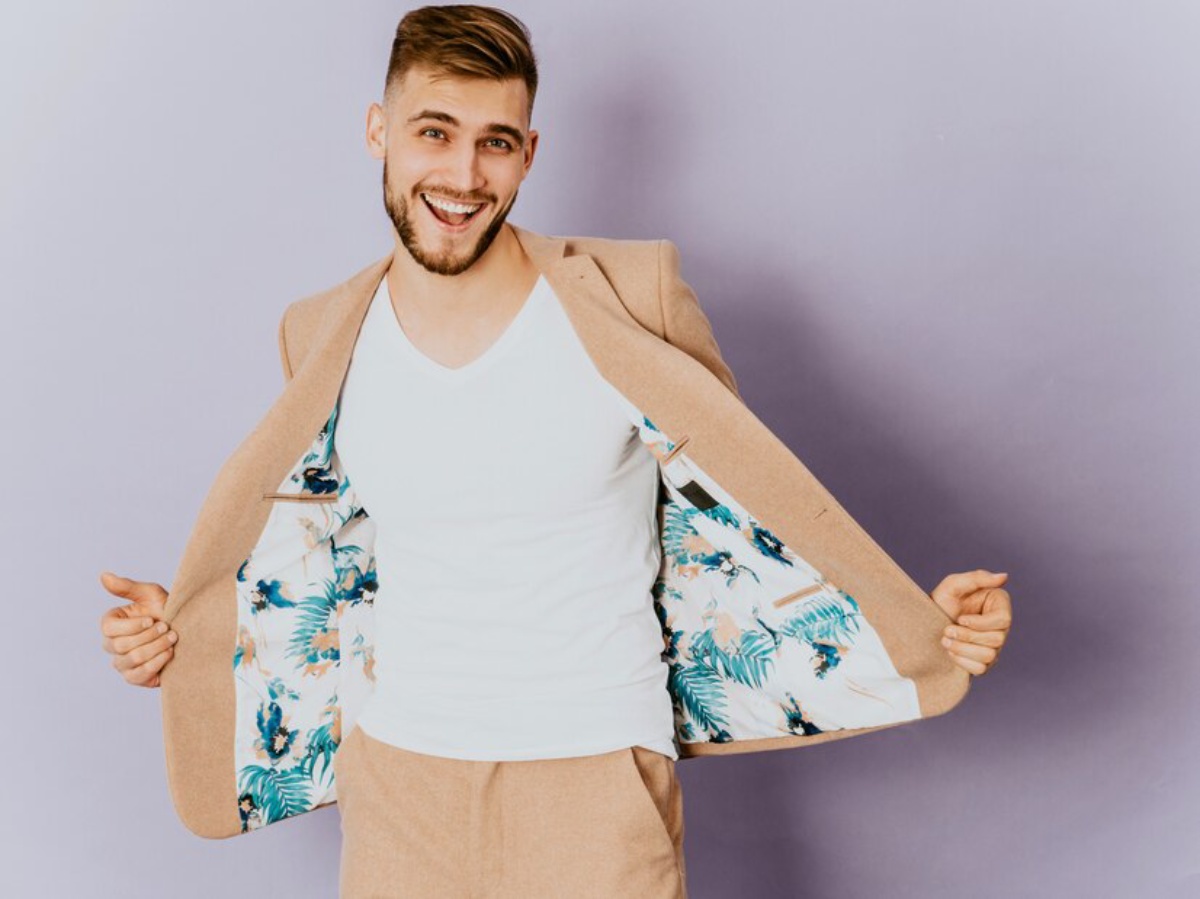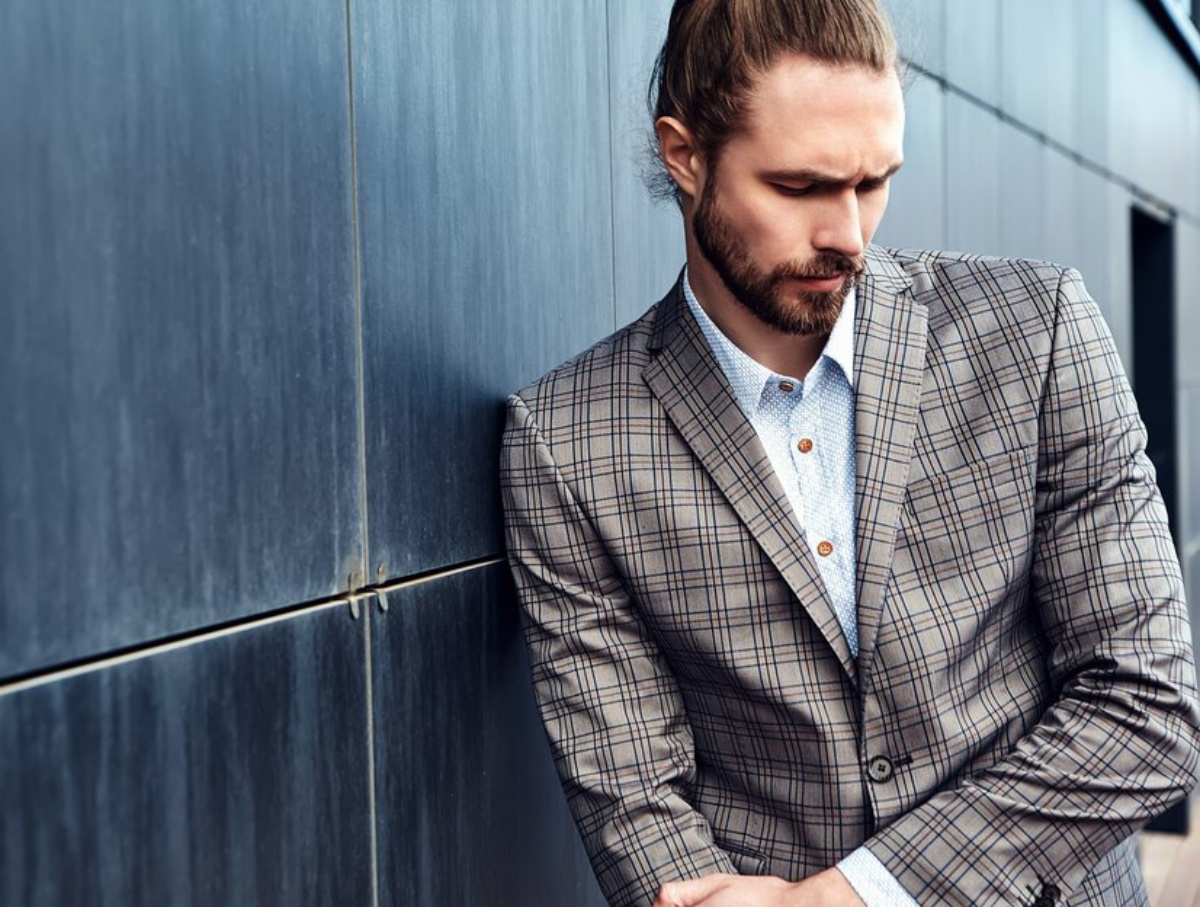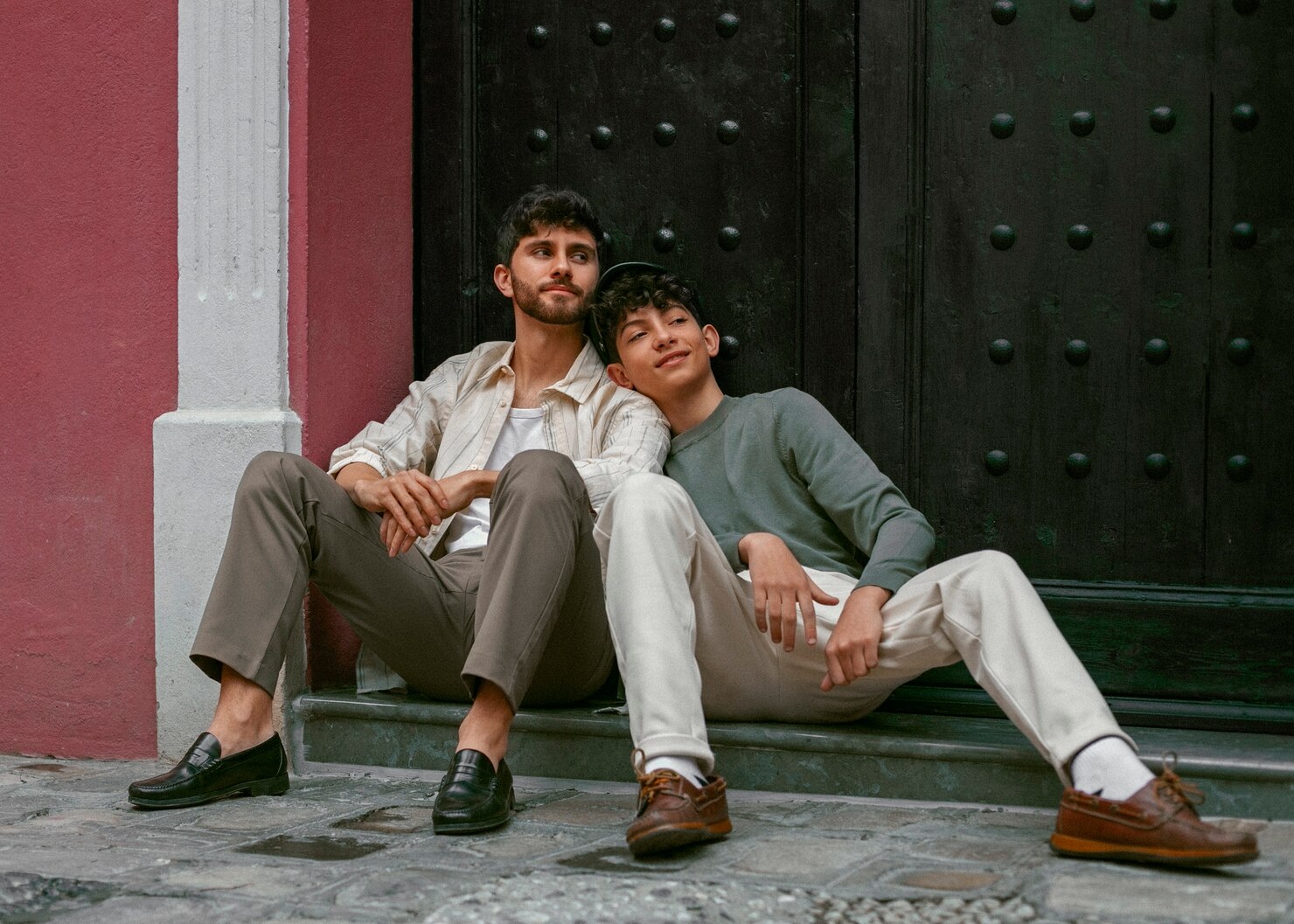
The Rise of Relaxed Tailoring in Men’s Business Wear
Once upon a time, there were rules for men’s business wear: structured suits and starch-white shirts and polished footwear. But times have changed. The evolution of men’s fashion coincides with the transformation of the workplace and the rise of hybrid work. Try relaxed tailoring. It combines comfort, professionalism and style. It really shifts the conversation of formalwear.”
The old days when looking sharp meant feeling stiff are gone. Laid-back tailoring reflects the flexible work settings of the moment. It allows men to express their style with more relaxed fits, breathable fabrics and a little elegance. They can do this while still looking credible. In this post, we look at why relaxed tailoring is popular. We also share tips on adding it to your business outfit while keeping a professional look.
What is Relaxed Tailoring?
Defining the Concept

Relaxed tailoring is a modern approach to suiting that focuses on comfort and flexibility. This style is different from traditional suits. It has a lighter construction, unlined jackets, softer shoulders, and a forgiving fit. Still, it keeps a refined look.
Key characteristics of relaxed tailoring:
- Unstructured or deconstructed jackets
- Tapered but comfortable trousers
- Natural, soft shoulder lines
- Lightweight, breathable fabrics like linen blends or jersey
- Versatile layering options
A Response to Modern Lifestyles
This shift reflects changes in society. As remote work and casual office cultures rise, strict dress codes feel outdated. Professionals now seek clothing that offers movement, comfort, and individuality without losing polish.
Why Relaxed Tailoring is On the Rise
The Influence of Hybrid Work Models
One major force behind this trend is the rise of hybrid work. With people splitting time between home and office, rigid business wear seems out of touch. Relaxed tailoring combines style and comfort. It gives a polished look without the discomfort of regular suits.
Shifting Fashion Attitudes
Modern men are more aware of fashion and sustainability. The lines between casual, smart casual, and formalwear are blurring. Relaxed tailoring fits this new mindset, where form and function coexist.
Celebrities and Designers Leading the Way
Fashion designers such as Giorgio Armani and brands like Officine Generale, COS, and Paul Smith favor relaxed styles. Stars like Timothée Chalamet, Harry Styles, and Ryan Gosling wear softer suits. This style is gaining popularity.
Key Elements of Relaxed Tailoring
Softer Silhouettes
Relaxed tailoring avoids rigid shapes, focusing on flowing lines and ease of movement. This includes:
- Unlined or partially lined blazers
- Dropped or natural shoulders
- Boxy or relaxed-fit shirts
Lightweight and Breathable Fabrics

Fabric choice is crucial. Heavier wools and stiff cottons are replaced with lighter, adaptable materials:
- Linen and linen blends
- Seersucker
- Tencel and bamboo
- Stretch jersey or cotton with elastane
Muted, Versatile Colour Palettes
Relaxed tailoring often uses earth tones, soft greys, navy, beige, and stone. These hues work across seasons, offering a minimalist and elegant look.
Functional Details
Design features prioritizing ease include:
- Drawstring waists or elasticated bands on trousers
- Patch pockets on jackets
- Slip-on loafers or minimalist sneakers instead of traditional Oxfords
How to Style Relaxed Tailoring for the Office
Build a Capsule Wardrobe
To embrace this trend, start with a few key staples:
- Unstructured blazer in navy or grey
- Drawstring or tapered trousers that pair well with dress shirts or knits
- Soft-collared shirts (like Oxford or grandad collar)
- Merino or cotton knitwear for layering
- Minimalist footwear like loafers or premium leather trainers
Mix and Match with Smart Casual Pieces
Relaxed tailoring shines when combined with smart casual elements:
- Pair a relaxed blazer with chinos and a polo shirt
- Combine tailored joggers with a tucked-in dress shirt
- Layer a knit jumper under a deconstructed suit for cooler days
Prioritise Fit and Fabric
While the style is forgiving, ensure a flattering fit. A tailor can adjust relaxed pieces to maintain shape and comfort. Always opt for breathable fabrics that move with you throughout the day.
The Psychological Edge of Comfortable Clothing
Confidence Through Comfort

Wearing comfortable clothes boosts self-esteem. When you’re not distracted by tight waistbands or scratchy collars, you can focus better and project confidence.
A Reflection of Modern Masculinity
Relaxed tailoring subtly shows modern values: self-awareness, adaptability, and understated elegance. It reflects a man who is in control, stylish, and not rigid.
Case Studies: Brands Getting It Right
COS
COS is known for its minimalist and functional fashion. They offer relaxed tailoring, quality fabrics, and clean lines. Their blazers and trousers often feature soft silhouettes ideal for office wear.
Uniqlo
Uniqlo makes comfortable suiting accessible and affordable. Their “Comfort Jacket” line uses stretch materials and modern cuts that work well for everyday business style.
Paul Smith
Paul Smith blends British tailoring with modern twists. Their soft-shouldered jackets and tapered trousers combine elegance and comfort seamlessly.
L’Estrange London
This brand focuses on “modular clothing” — smart, easy-to-wear pieces for various contexts. Their 24 Trousers and modular jackets stand out.
Overcoming Common Concerns
Will I Still Look Professional?
Absolutely. Relaxed tailoring keeps structure where it matters — in shoulders, collars, and hems — while easing up in areas like the waist. Choose high-quality materials and well-fitted pieces for a sharp look.
Is It Appropriate for Formal Settings?
Relaxed tailoring suits smart casual or business casual environments best. However, styled correctly (e.g., polished shoes, tucked-in shirts, coordinated colours), it can work in formal settings too.
Won’t It Look Too Casual?
Not if styled intentionally. Keep accessories minimal and clean, avoid baggy fits, and ensure pieces complement each other in tone and texture.
Emerging Trends in Relaxed Tailoring
Sustainable Materials
More consumers care about the environment. So, many relaxed tailoring pieces are now made from recycled or organic materials.
Tech-Infused Fabrics
Moisture-wicking, crease-resistant, and odour-neutralising materials are appearing in office-friendly garments.
Gender-Neutral Tailoring
Menswear and womenswear are blending. Many brands now offer gender-inclusive cuts and styles.
Expert Insight
Menswear stylist Thomas McCann says:
“Relaxed tailoring isn’t about dressing down — it’s about dressing smart in a way that feels authentic. When clients try it, they often wonder why they ever wore stiff suits.”
Style Notes: What to Remember
- Prioritise fit over formality
- Stick to neutral colours for versatility
- Combine with smart casual staples
- Opt for unstructured pieces with lightweight fabric
- Don’t forget quality footwear and grooming to complete the look
The New Uniform of Modern Professionals
Relaxed tailoring is an answer to how we work and live, not just a trend. A bridge between boardroom-ready style and the comfort of home for the contemporary gentleman. It heralds a time when looking glamorous doesn’t require discomfort.
Investing in relaxed tailoring keeps your wardrobe feeling new. As dressy and casual styles merge, this method makes your outfits more versatile. Whether you’re in a meeting, at a coffee shop, or answering emails at your desk, these pieces help you look sharp and feel comfortable.
Ready to upgrade your business wardrobe? Start small, focus on fit, and embrace the soft power of comfort-first fashion. Your wardrobe — and mindset — will thank you.


